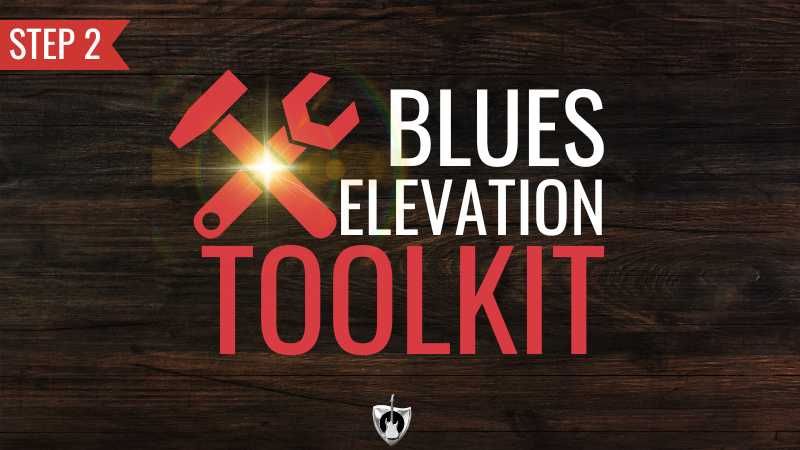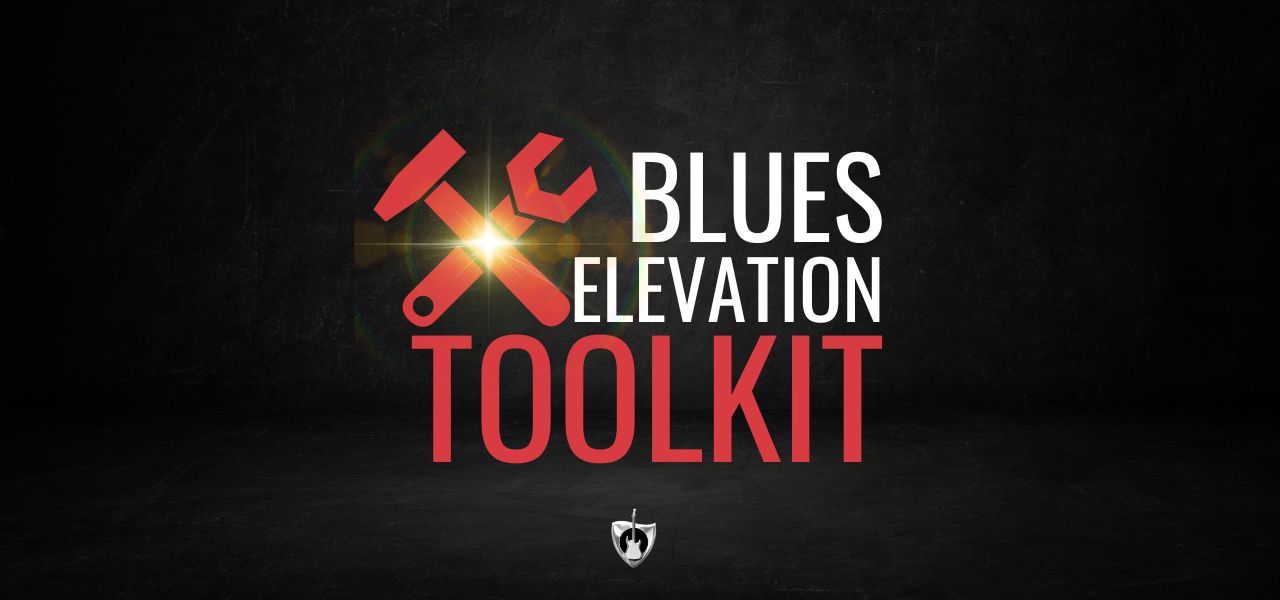Guitar Arpeggios Explained - 127
Arpeggios? What are these awesome sounding things? Today, I give an overview of arpeggios and how to use them.
They aren't as hard as you think and can make your solos sound great!
It's a big topic for intermediate players. Wanting to learn arpeggios signals the first steps of wanting to refine your playing. It means your getting better and you still want to improve.
When most think of arpeggios, they think of the shredding, sweep picking guitar players of the 1980's. They sound showy and when played fast, they sound like a waterfall of notes.
While that's great, that's not even close to the best and easiest way to use them.
Incorporating arpeggio use into your solos or even rhythm work, is a game changer to your sound.
Let's go ahead, start from scratch, and by the end, you'll have the confidence to try them out and see what they can do for your playing.
What Is an Arpeggio
Arpeggios are the notes that make up a chord and are played one after another.
The easiest way to find the notes for an arpeggio is to skip every other note in a scale.
For example, if you have a C Major scale you could start with the first note, skip the second, grab the third, skip the fourth, and then grab the fifith. (C, E, G)
Voila: a C major triad.
To build a C major seventh arpeggio, you follow the same process and continue to skip one more note. That gives you a total of four notes.
(C, E, G, B)
Why the third is so important.
The third note in an arpeggio is arguably the most important note of the chord. It is the main functioning note. It determines whether the arpeggio has a happy or sad sound.
A m;inor 3rd (3 frets from the root) or Major 3rd (4 frets from the root)
Why playing them is worthwhile.
Being able to use arpeggios eliminates the common problem of "I sound like I'm just playing scales in my solos."
When you hear arpeggio notes, you are reinforcing the "Strong notes." You give your ear the release point from the tension of the other notes in the scale.
And, when you know them solid, you can start to visualize the main intervals on the neck of the guitar.
How to Use Guitar Arpeggios
One of the first uses for arpeggios is to use them for target notes.
Just playing arpeggios up and down is very similar to just playing your scales up and down...not very effective. They sound like an exercise when not mixed with some other melodic phrases.
After playing one of your favorite licks, try the different arpeggio notes of the current chord as your licks ending note.
Having a solid place to land means no more hunting for strong notes anymore.
This can give your line different textures depending on the arpeggio note you choose.
Another great use for arpeggios is to breakup your scales.
Try this. Play up to the fifth note of the scale and descend back using the arpeggio.
Using arpeggios also gives a compelling reason to making wide jumps between notes in your melodies. This is one of the easiest ways to stop sounding aimless in your solos.
Practice routines for Arpeggios
1. The first idea for a practice routine for arpeggios is to take your current songs or chord progressions and break them down. Find the chords and use the method above to find out all of the notes in each of the chords.
These are your arpeggios that will work for each chord. First practice playing only these arpeggios over their respective chords. Try to make sure you stay in one position. Then move to the next position and repeat.
2. If you have all of your major scales memorized. Spend a little time of each practice session trying to find the main arpeggio in each of your scale patterns.
3. The old standard for arpeggio practice (which still works wonderfully) is to play up the arpeggio and back the scale. A great way to see where the arpeggio sits compared to the Major scale pattern.
What Are Diatonic Arpeggios
Diatonic arpeggios are all of the chord notes across a key.
What we have done up to this point doesn't just work for the one chord (the key chord). This works for every note in the scale. You can pick any note in the scale.
When you skip every other note from the one you picked, you will have a new arpeggio that comes directly from the parent scale. Each arpeggio built off of a different note in the scale, has a certain function and sound.
We can make two kinds of basic arpeggios from any of the notes in the scale. If you jump two notes you have an arpeggio of a triad. If you jump three notes, you have an arpeggio of a seventh type chord.
D major Diatonic Arpeggios
To get us started, I tried to find the set of diatonic arpeggios that was easy to see. I have prepared a standard notation and tablature example of the D major Diatonic Arpeggios based off of the A string.
Visit PlayGuitarGroup.com to signup for our Facebook group and download the free resource.
What's the next step after this? Thy them in all of your major scale pattern (In position).
GET FREE WEEKLY GUITAR LESSONS, PODCASTS, AND MOTIVATION DELIVERED TO YOUR INBOX.
Your information is kept safe. It's never shared with third parties.




